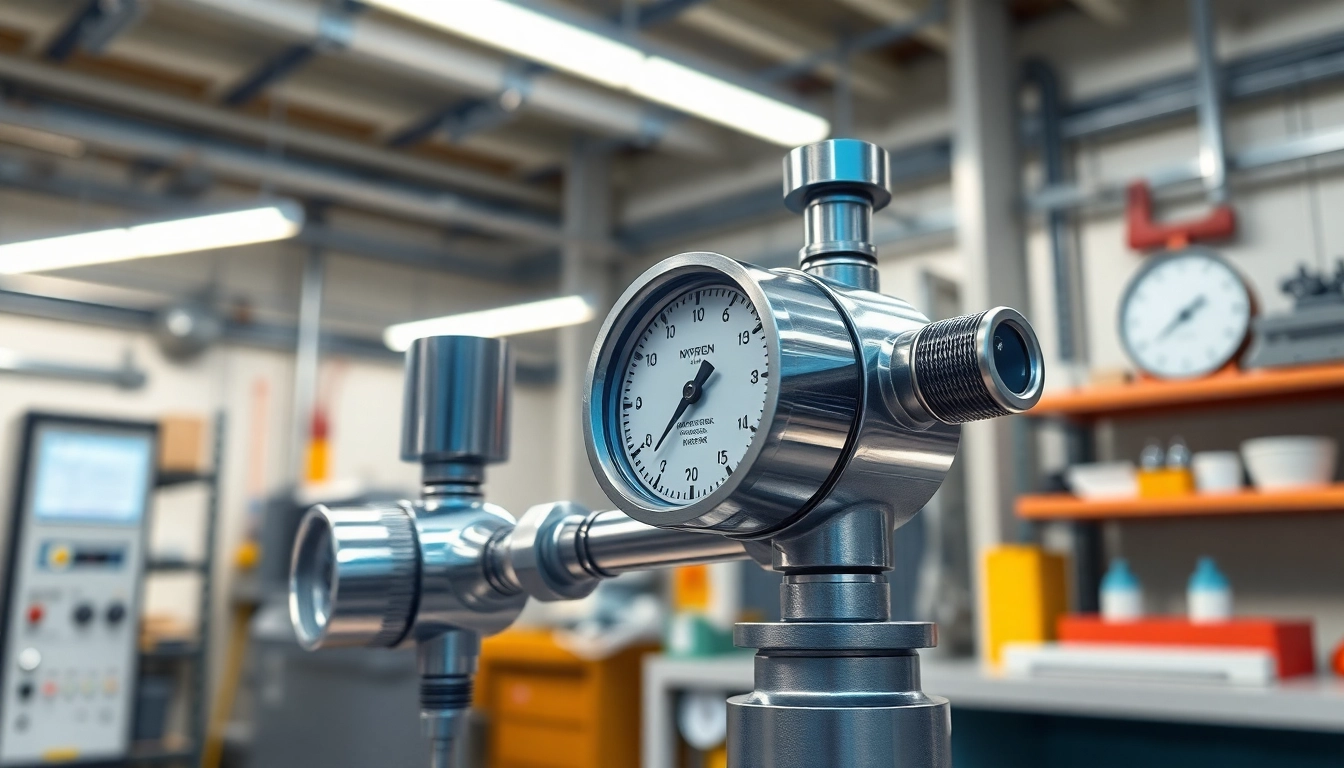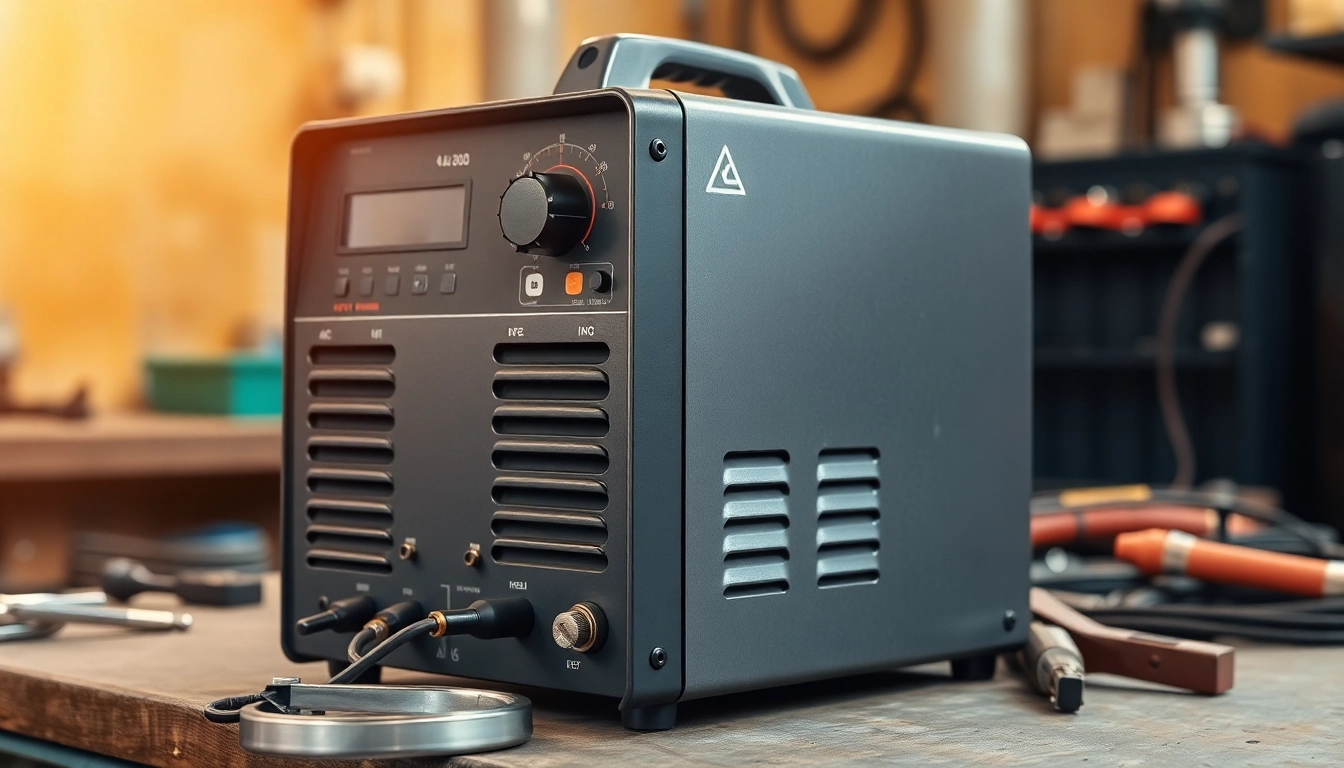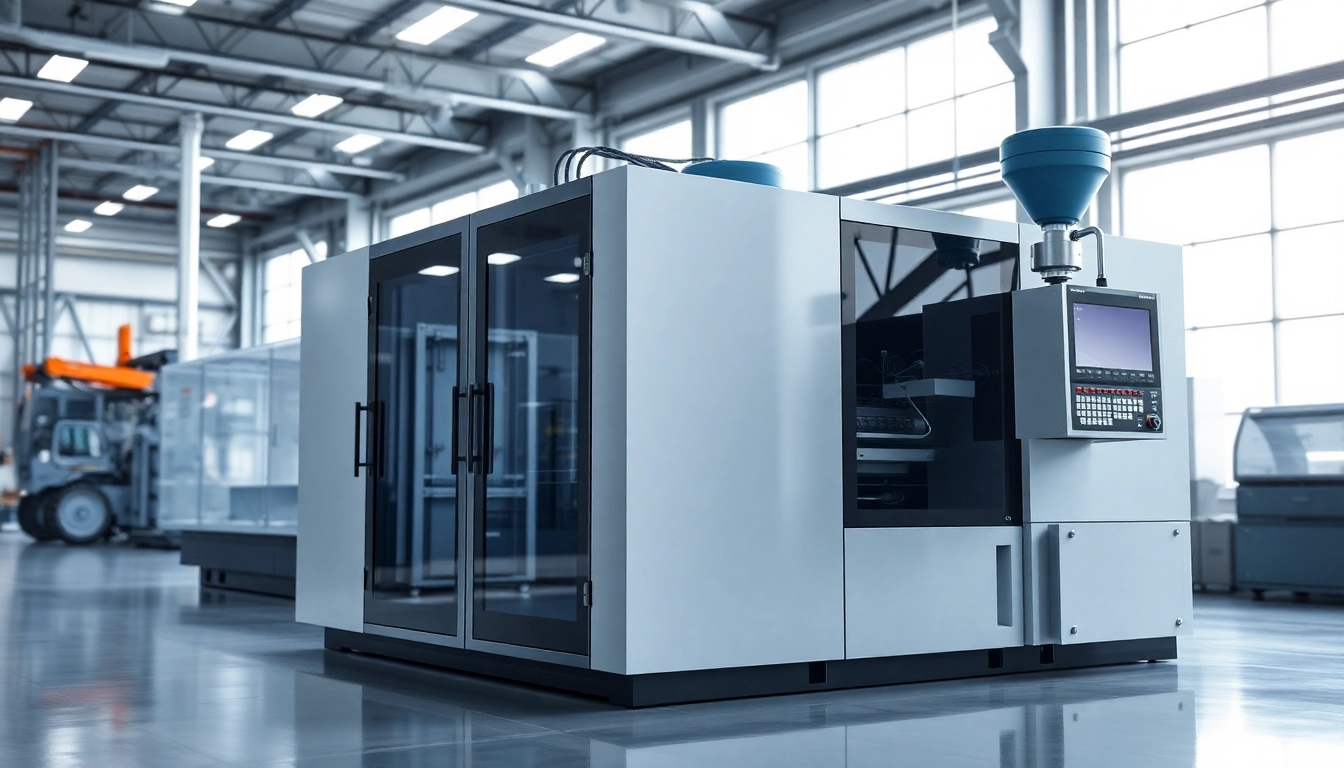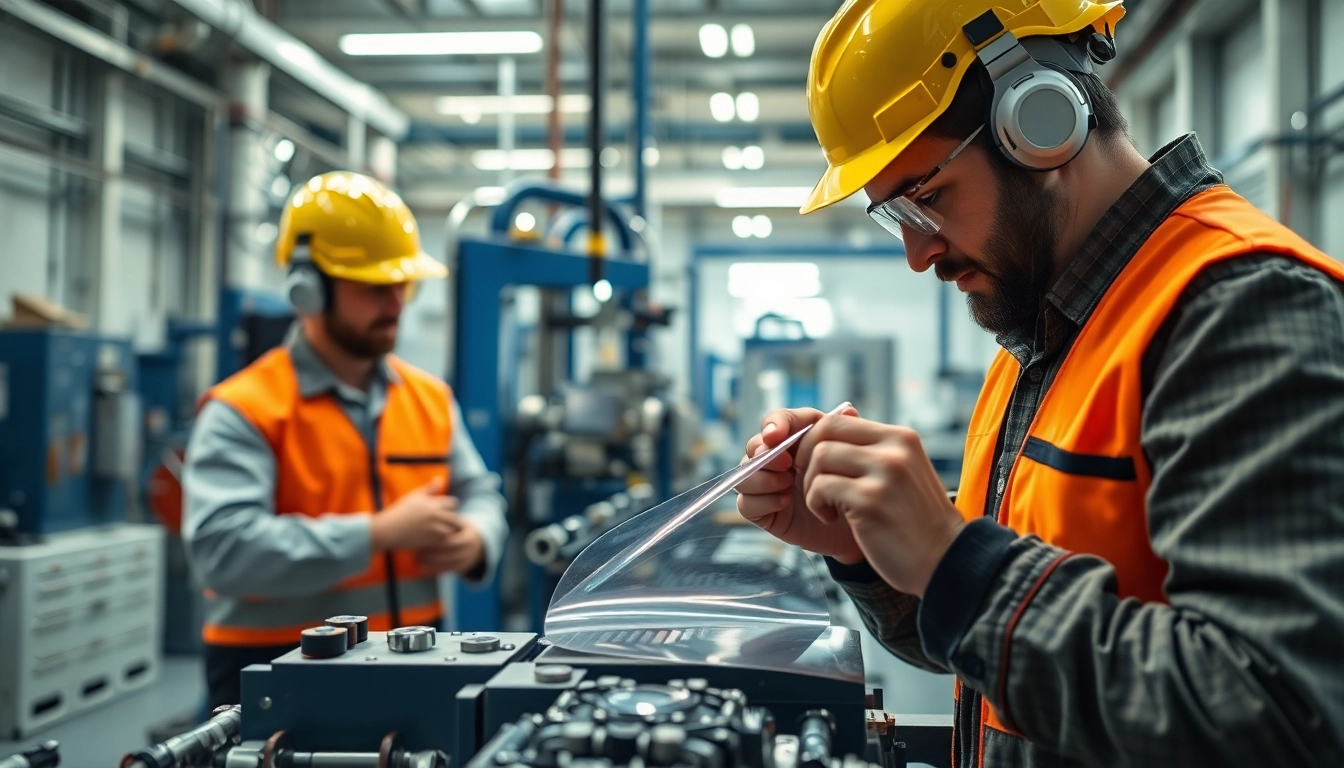Nitrogen Regulator Basics
Nitrogen regulators play a crucial role in various industrial and commercial applications where nitrogen gas is utilized. Whether you’re handling pressurized systems, ensuring optimal function in HVAC systems, or performing welding operations, understanding what a nitrogen regulator is can significantly enhance safety and operational efficiency. This nitrogen regulator manages the pressure and flow of nitrogen gas from a high-pressure source, ensuring that the delivery pressure is stable and appropriate for the specific application at hand.
What is a Nitrogen Regulator?
A nitrogen regulator is a device that reduces and controls the pressure of nitrogen gas flowing from a tank or cylinder to a desired level for various applications. It allows for precise adjustments to the pressure of the gas, which is critical for safety and functional efficiency. Typically made from durable materials such as brass or stainless steel, regulators are essential in preventing gas over-pressurization and ensuring proper delivery.
How Do Nitrogen Regulators Work?
Nitrogen regulators operate through a basic yet effective mechanical system. They feature an inlet connection, diaphragm, and an outlet nozzle. When nitrogen gas enters through the inlet, the diaphragm senses the pressure, regulating it by opening or closing the outlet valve accordingly. This mechanism ensures a steady flow of nitrogen at a predetermined pressure setting, which can be modified based on the user’s requirements.
Importance of Nitrogen Regulators
The utilization of nitrogen regulators is paramount across various industries. They help maintain the safety of operations involving high-pressure gases, prevent equipment damage from excessive pressure, and allow for consistent gas flow needed in applications such as welding, refrigeration, and pharmaceuticals. Furthermore, the accuracy offered by these regulators is instrumental in achieving optimal performance in processes where nitrogen is required, such as inerting and blanketing.
Types of Nitrogen Regulators
Single-Stage vs. Dual-Stage Regulators
Nitrogen regulators can be categorized primarily into single-stage and dual-stage configurations. Single-stage regulators reduce high cylinder pressure to a lower output pressure in one step. They are ideal for applications requiring fixed pressure and offer simplicity in operation.
On the other hand, dual-stage regulators offer a more refined pressure reduction process. In these systems, the pressure is reduced in two steps, resulting in more stable output pressure levels even as the tank pressure drops. This makes dual-stage regulators preferable in applications where maintaining a consistent pressure is crucial over longer periods.
High Pressure vs. Low Pressure Regulators
Another important classification involves high-pressure and low-pressure nitrogen regulators. High-pressure regulators are designed to withstand and reduce pressures typically above 1000 psi, making them suitable for heavy-duty industrial applications. Conversely, low-pressure regulators work in pressure ranges from atmospheric levels up to about 100 psi and are often employed in less demanding environments, such as in pneumatic tools or smaller gas delivery systems.
Specialty Nitrogen Regulators (e.g., for HVAC)
Specialty nitrogen regulators are tailored for specific applications, such as HVAC systems, where precise control of nitrogen gas is needed to test for leaks or to purge pipelines. These regulators often feature additional functionalities like dual outlets for simultaneous operations and built-in gauges to monitor pressure levels closely.
Applications of Nitrogen Regulators
Nitrogen Regulators in Industrial Settings
In industrial settings, nitrogen regulators are widely used in processes such as metal fabrication, food preservation, and chemical manufacturing. For example, in metal fabrication, the regulators help control the atmosphere in welding environments to prevent oxidation and ensure strong joints. In food packaging, nitrogen is utilized to displace oxygen, prolonging shelf life and maintaining quality, for which accurate regulation is crucial.
Use in Refrigeration and HVAC Systems
The HVAC industry employs nitrogen regulators for several critical tasks, including pressure testing pipes and systems prior to sealing. By ensuring that pressure levels are maintained, technicians can effectively identify leaks and ensure that systems operate efficiently. The use of nitrogen as a purging gas in refrigeration systems also requires accurate pressure regulation to prevent contamination of the refrigerant.
If Nitrogen Regulators Are Necessary for DIY Projects
For DIY enthusiasts venturing into projects that involve nitrogen gas, having a regulator can be beneficial. While some may think that DIY projects can bypass the need for sophisticated equipment, a nitrogen regulator ensures safety and enhances effectiveness when using nitrogen. Whether for purging, inflating, or leak testing, using a nitrogen regulator allows for more controlled and safer handling of nitrogen gas.
Choosing the Right Nitrogen Regulator
Key Features to Consider
When selecting the appropriate nitrogen regulator, several features should be considered:
- Pressure Range: Ensure the regulator fits your application’s pressure requirements.
- Flow Rate: Assess the flow rate necessary for your tasks; some applications may require high flow, while others may not.
- Material Construction: Look for durable materials that can withstand the conditions in which you’ll be operating.
- Regulator Type: Decide between single-stage and dual-stage regulators based on your pressure stability needs.
- Gauge: Integration of pressure gauges allows for real-time monitoring, which can be essential for safety and verification.
Brands and Models Comparison
When it comes to brands, numerous manufacturers provide high-quality nitrogen regulators. Brands like Victor, Smith, and Uniweld offer reliable models known for their durability and effectiveness in managing nitrogen gas. If considering a purchase, comparing specific features, pricing, and user reviews can provide insights into the best model for your requirements.
Pricing Factors and Budget Considerations
The cost of nitrogen regulators varies significantly based on features, brand, and specifications. Generally, basic models may start around $50, while advanced units designed for industrial applications can exceed $500. When budgeting for a nitrogen regulator, it is wise to consider not only the initial investment but also the long-term value, including maintenance costs and the frequency of use.
Best Practices for Using Nitrogen Regulators
Installation and Setup Guidelines
Proper installation of nitrogen regulators is essential for optimal performance. Always ensure that the regulator is compatible with the nitrogen cylinder and securely connected to avoid leaks. It is advisable to perform a visual inspection before operation, checking for any signs of damage or wear. Follow the manufacturer’s instructions for setting up the diaphragm and adjusting the pressure settings.
Safe Operations and Maintenance
Safety should always be a priority when operating nitrogen regulators. Ensure that all personnel involved are trained in handling pressurized gases, and always have safety measures in place—such as using protective eyewear and gloves when maintaining or adjusting regulators. Regular maintenance, including cleaning and checking seals, can prolong the life of the regulator and ensure reliable performance.
Common Troubleshooting Tips
If you experience issues such as fluctuating pressure or irregular gas flow, troubleshooting can help identify the problem area. First, check for blockages in hoses and fittings that may restrict the gas flow. Next, inspect the diaphragm for wear or damage, which may require replacement. If the regulator continues to perform poorly, consider consulting the manufacturer’s guidelines or a professional technician for repair or replacement advice.



